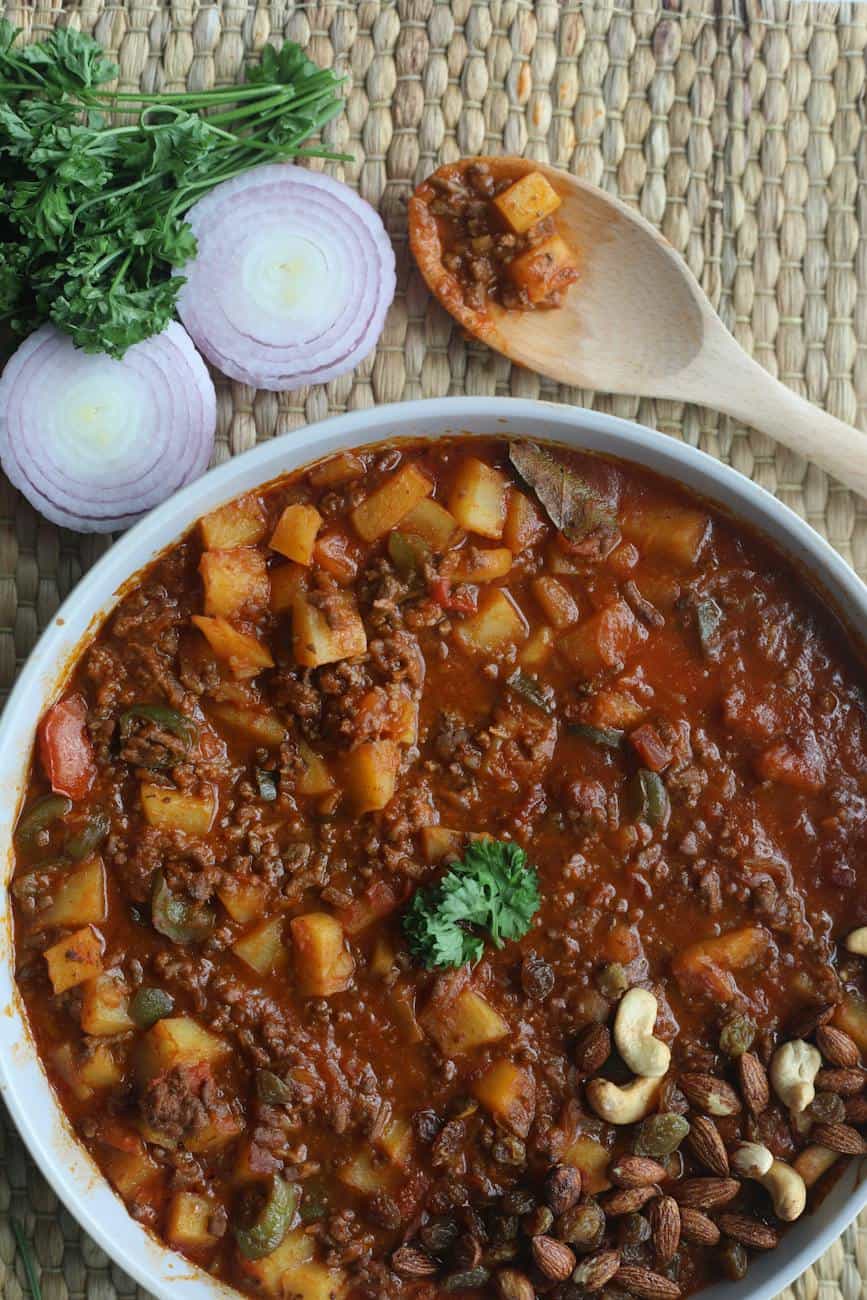
17 Jan Cooking Techniques: Braising vs Stewing
When it comes to cooking meat and vegetables, two methods that stand out for their ability to transform tough cuts into tender, flavorful dishes are braising and stewing. Both techniques involve slow cooking in liquid, but they have distinct differences that make them suitable for different ingredients and occasions. In this article, we’ll explore the nuances of braising and stewing, understand when to use one over the other, and provide quick and delicious recipes for each.
Braising: The Art of Tenderizing
Braising is a cooking method that involves browning meat or vegetables before slow-cooking them in a flavorful liquid. The key characteristic of braising is the use of larger, whole cuts of meat that are seared to enhance flavor and texture. The seared meat is then placed in a pot and covered about ⅓ to ½ of the way up with liquid for the remainder of the cooking process.
The magic of braising lies in the slow cooking process, which helps tenderize the tougher muscle fibers of the meat while keeping it moist through the addition of liquid. The connective tissues, gelatin, and collagen in the meat slowly melt into the liquid, creating a rich and flavorful sauce. The aromatics and seasonings in the braising liquid infuse the meat with their flavors, resulting in a succulent and melt-in-your-mouth dish.
Best Meats for Braising
Some of the best meats for braising include pork shoulder, chuck roast, lamb shoulder, and cuts of dark meat chicken like whole legs or thighs. These cuts are high in fat and contain connective tissues that break down and become tender when cooked low and slow. The result is juicy, flavorful meat that falls apart with a gentle touch.
Stewing: A Hearty and Flavorful Delight
Stewing is another cooking technique that involves slow cooking in liquid but with a few key differences. Unlike braising, stewing uses smaller chunks of meat or vegetables that need to be fully submerged in liquid to prevent drying out during the cooking process. The liquid used in stewing is typically water or stock, which can be combined with beer or wine for added flavor.
The long, slow cooking process of stewing allows the flavors of the ingredients to meld together, creating a rich and hearty dish. The liquid in the stew thickens, forming a savory broth-gravy hybrid that coats the meat and vegetables, making every bite incredibly satisfying. Stews are often served straight from the pot, accompanied by bread or biscuits to soak up the delicious broth.
Best Meats and Vegetables for Stewing
Stews are particularly well-suited for tougher cuts of meat that benefit from long cooking times. Beef and lamb are popular choices, as well as poultry like chicken and turkey. Vegetables like potatoes, carrots, onions, and celery are commonly used in stews, adding flavor and texture to the dish. Stews are versatile, allowing you to mix and match ingredients based on your preferences.
Braising vs Stewing: When to Choose One over the Other
Now that we understand the basics of braising and stewing, it’s important to know when to use one technique over the other. While both methods result in delicious, tender dishes, there are some considerations to remember.
Braising is best suited for larger cuts of meat, typically bone-in, that benefit from the slow cooking process. The searing of the meat adds a depth of flavor, and the partial submersion in liquid allows the connective tissues to break down, resulting in a melt-in-your-mouth texture. Braised dishes are often served with a separate garnish, and the strained sauce is served alongside the meat.
On the other hand, Stewing is ideal for smaller, uniform pieces of meat and vegetables. The full submersion in liquid ensures that everything cooks evenly and stays moist throughout the long cooking process. Stews are hearty and comforting, with a thick, flavorful broth that coats each ingredient. Stews are often served as is, straight from the pot, with the vegetables and meat nestled in the delicious sauce.
In general, braising is a technique that works well when you want to showcase the flavor and texture of a larger cut of meat, while stewing is perfect for creating a comforting and flavorful one-pot meal with smaller pieces of meat and vegetables.
Conclusion
Braising and stewing are both wonderful cooking techniques that can transform tough cuts of meat into tender, succulent dishes. Whether you choose to braise or stew, these methods allow you to create flavorful meals that will impress your family and friends.
Experiment with different ingredients, flavors, and seasonings to make each dish your own. And remember, the key to successful braising and stewing lies in low and slow cooking, allowing the flavors to develop and the meat to become tender and juicy.
So, the next time you have some extra time on your hands and want to create a hearty and delicious meal, give braising or stewing a try. You won’t be disappointed!


No Comments